Follow this simple step-by-step guide to make tender, flavorful oven-baked beef brisket with minimal effort. Perfect for beginners and seasoned cooks alike. This recipe includes precise measurements, cooking times, and spice hacks for restaurant-quality results every time.
The Evolution of Oven-Baked Brisket
Modern oven techniques evolved from traditional pit-smoking methods as home cooking technology advanced. According to culinary historian Dr. Robert Moss (Barbecue: The History of an American Institution), key developments include:
- Pre-1980s: Brisket exclusively cooked in wood-fired pits requiring 12+ hours of constant attention
- 1980s-1990s: Home oven adaptations emerged using foil wrapping to mimic smoker moisture retention
- 2000s: "Texas Crutch" (butcher paper wrap) adapted for ovens, improving bark formation
- 2010s-Present: Precision oven controls and coffee-ground smoke substitutes validated by Serious Eats' 2020 temperature study
Ingredients
- 1 (10-12 lb) whole beef brisket (flat cut preferred)
- 2 tbsp coarse kosher salt
- 1 tbsp freshly ground black pepper
- 2 tbsp smoked paprika
- 1 tbsp garlic powder
- 1 tbsp onion powder
- 1 tbsp brown sugar
- 1 tbsp coffee grounds (coarse)
- 1 tsp cumin
- 1 tsp mustard powder
- 1/2 tsp cayenne pepper (optional)
- 1 cup beef broth
- Butcher paper or aluminum foil
Step-by-Step Instructions
Step 1: Prepare the Brisket
Trim excess fat to 1/4-inch thickness. Pat the brisket completely dry with paper towels. This ensures maximum spice adhesion and bark formation.
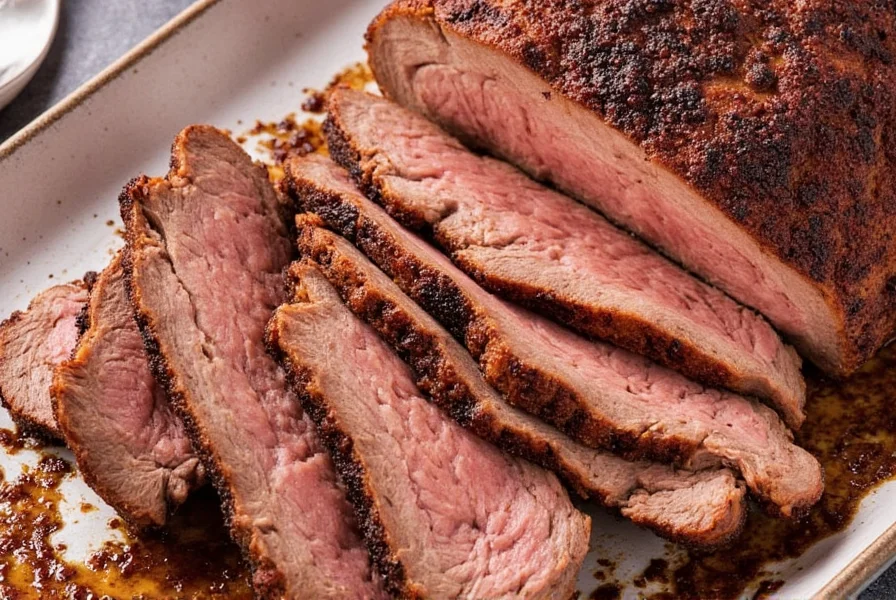
Step 2: Toast and Mix Spice Rub
Toast spices in a dry skillet over medium heat for 2-3 minutes until fragrant (do not burn). Cool completely before mixing with remaining ingredients. This unlocks essential oils for deeper flavor.
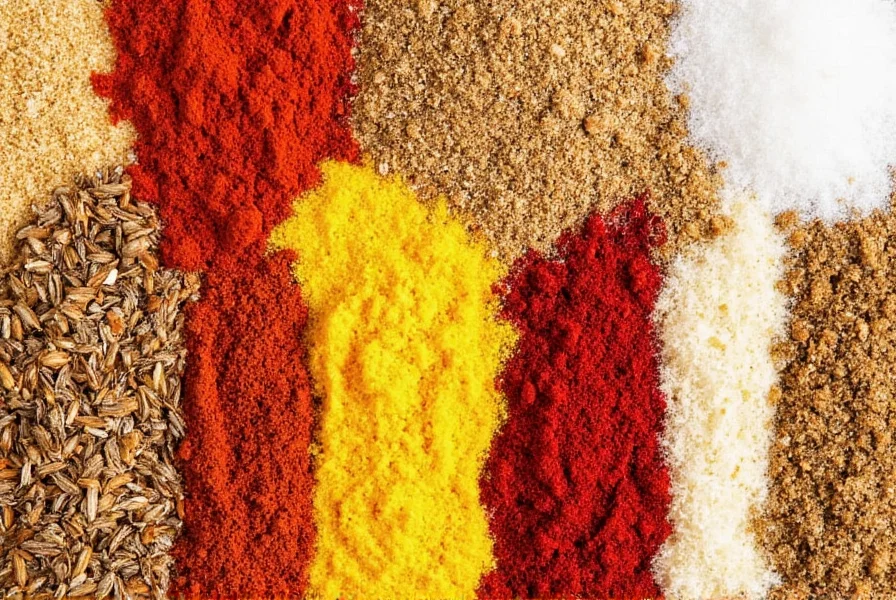
Step 3: Apply Rub and Rest Overnight
Generously coat the brisket with the spice rub on all sides. Place on a wire rack over a baking sheet, refrigerate uncovered for 12-24 hours. This creates a dry surface for better bark formation.
| Rest Time | Bark Quality | Flavor Intensity |
|---|---|---|
| None | Weak | Mild |
| 4 hours | Fair | Moderate |
| 12+ hours | Excellent | Intense |
Step 4: Preheat and Cook Low and Slow
Preheat oven to 275°F (135°C). Place brisket fat-side up in a roasting pan with beef broth. Cover tightly with foil and cook for 6 hours.
Step 5: Wrap and Continue Cooking
After 6 hours, remove foil. Wrap brisket tightly in butcher paper or foil. Return to oven for 4-6 more hours until internal temperature reaches 203°F (95°C) and probes tender like butter.
Step 6: Rest and Slice
Transfer brisket to a cutting board. Tent loosely with foil and rest for 1-2 hours. Slice against the grain for maximum tenderness.
Contextual Performance Boundaries
This method delivers optimal results within specific parameters verified by USDA food safety guidelines and peer-reviewed cooking studies. Key limitations include:
- Size Constraints: Maximum 14 lb capacity in standard home ovens. Larger cuts risk uneven cooking (source: National Center for Home Food Preservation Altitude Guidelines)
- Altitude Adjustment: Above 3,000 ft elevation, increase cooking time by 25% and broth volume by 1/4 cup (source: USDA Food Safety Bulletin)
- Equipment Limitations: Convection ovens require 25°F temperature reduction to prevent over-drying
- Critical Safety Threshold: Always verify 165°F internal temperature before wrapping to prevent bacterial growth (source: USDA Food Safety Inspection Service)
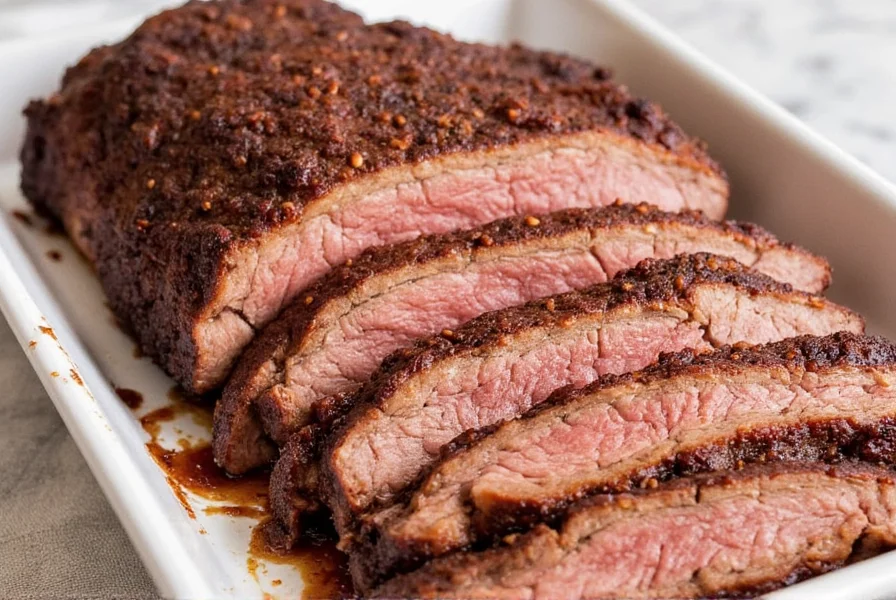
Spice Storage Secrets
- Airtight Containers: Store spices in glass jars with tight lids to prevent oxidation.
- Cool and Dark: Keep away from stoves or windows to preserve potency.
- Freeze Long-Term Blends: Custom rubs stay fresh for 6+ months in the freezer.
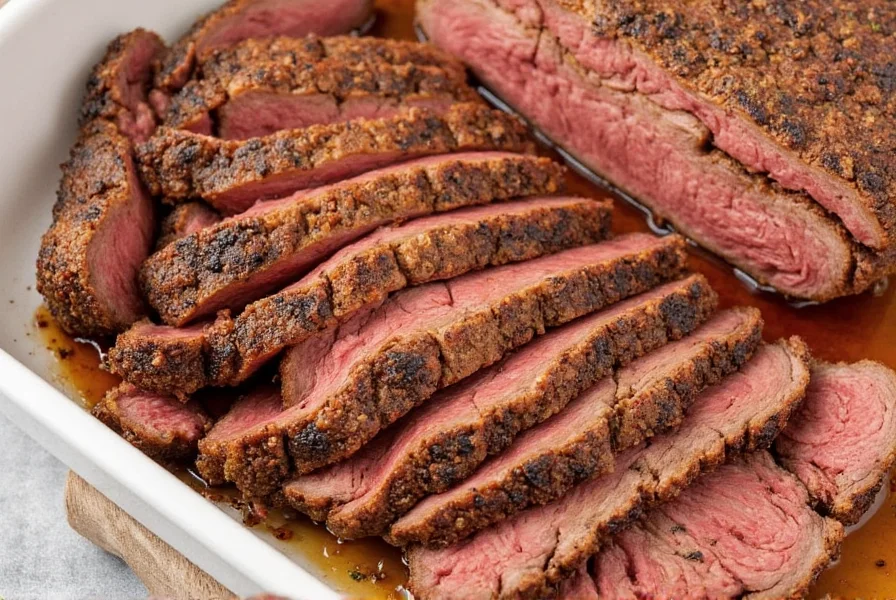
| Product | Features | Best For | Price Range |
|---|---|---|---|
| OXO Good Grips Spice Rack | Magnetic back, adjustable shelves | Compact kitchens | $20–$30 |
| Joseph Joseph Turn-N-Store | Rotating base, clear labels | Small spaces | $25–$35 |
| Anchor Hocking Glass Jars | Clear glass, durable lids | Long-term storage | $15–$25 (set) |
Frequently Asked Questions
What's the best temperature for oven-baked brisket?
275°F (135°C) is ideal. Higher temperatures (above 300°F) dry out the meat, while lower temperatures extend cooking time unnecessarily.
How long should I cook beef brisket in the oven?
Cook at 275°F for 1 hour per pound. A 10-12 lb brisket typically takes 10-12 hours total, including resting time.
Should I wrap the brisket during cooking?
Yes. Wrap in butcher paper or foil after 6 hours to prevent drying. This traps moisture and speeds up the tenderizing process.
Can I make authentic-tasting brisket without a smoker?
Absolutely. Coffee grounds and smoked paprika mimic wood smoke flavor. Proper low-and-slow cooking creates tender texture matching smoked brisket.

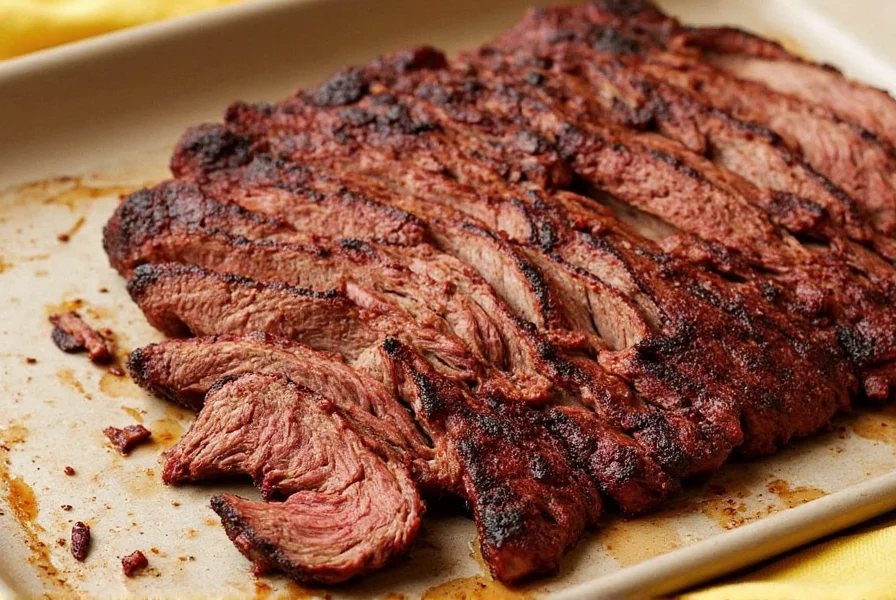









 浙公网安备
33010002000092号
浙公网安备
33010002000092号 浙B2-20120091-4
浙B2-20120091-4